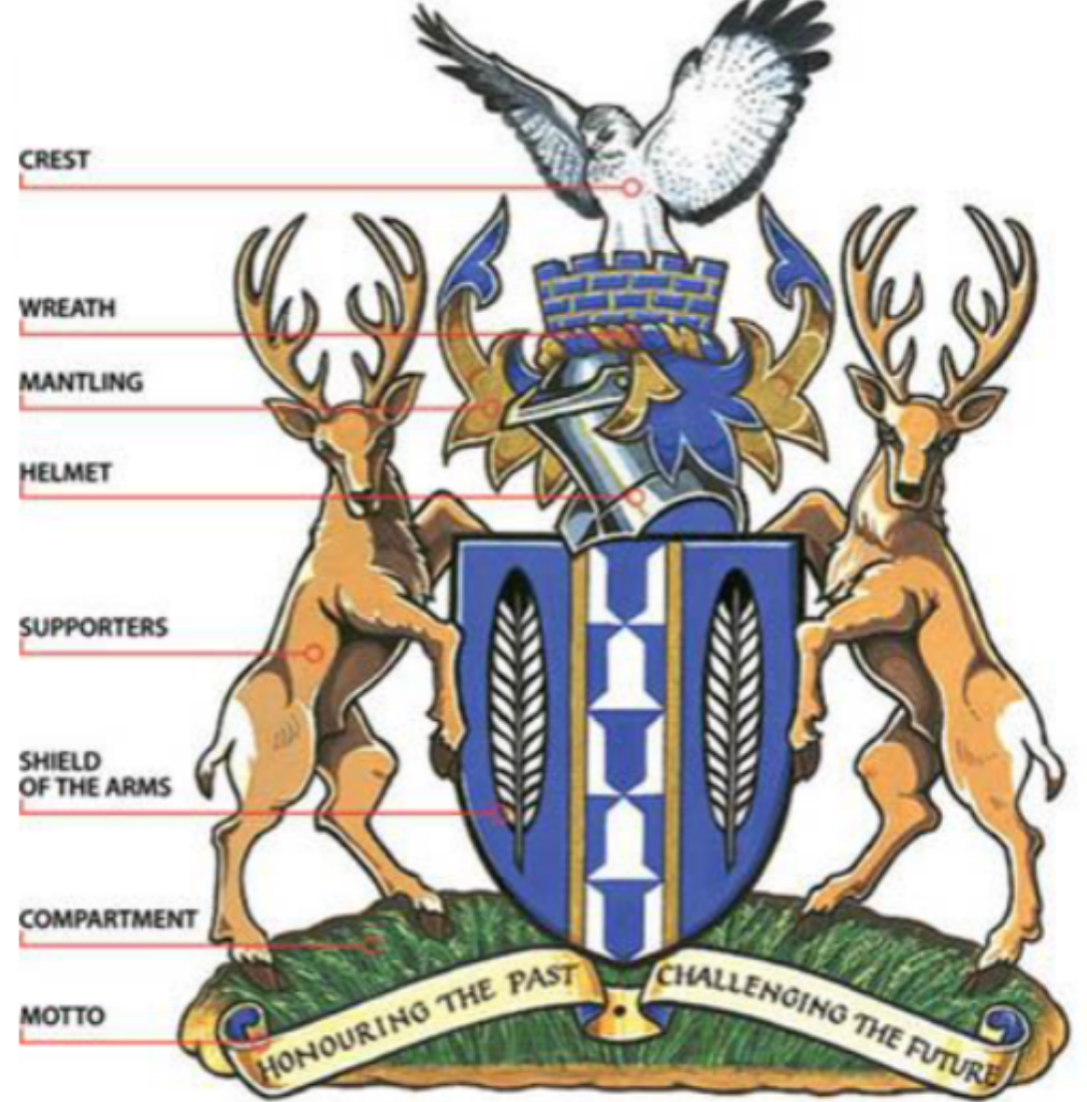Making History Study
0.0(0)
0.0(0)
Card Sorting
1/59
Earn XP
Description and Tags
Study Analytics
Name | Mastery | Learn | Test | Matching | Spaced |
|---|
No study sessions yet.
60 Terms
1
New cards
What is Experimental Archaeology?
Where a scientific method is applied to a historical question relating to an artefact or to answer a question.
2
New cards
What is Experiential Archaeology?
Something you can interact with. Where people are experiencing the process or making of something.
3
New cards
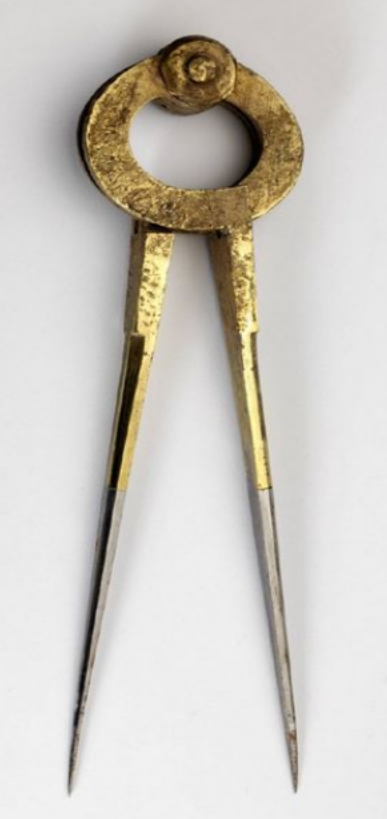
What tool is this and what is it used for?
Compass, for drawing circles
4
New cards
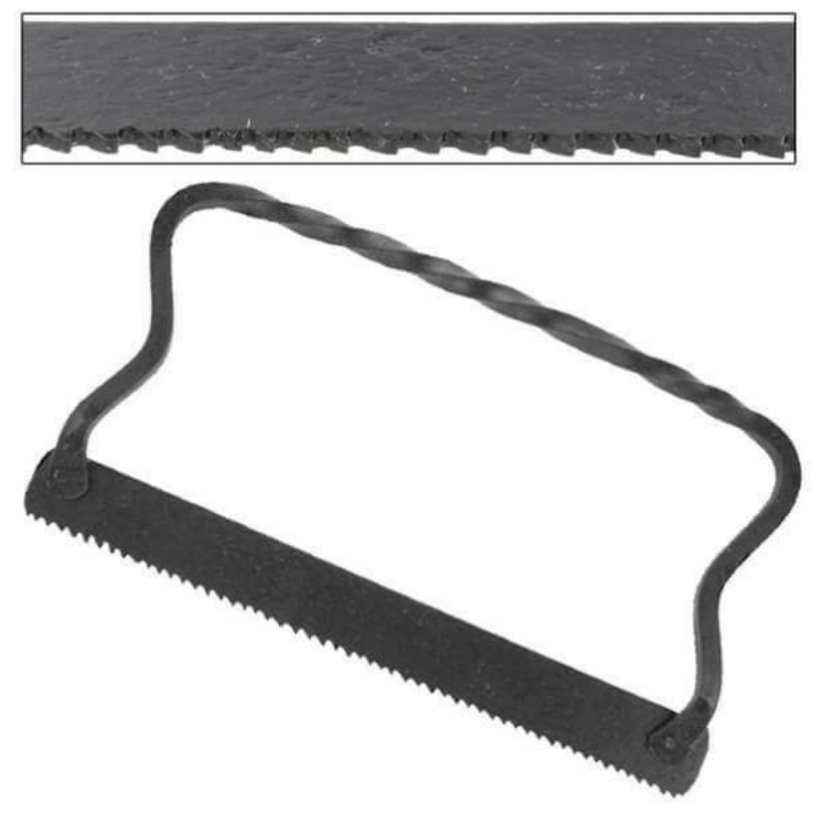
What tool is this and what is it used for?
Saw, cutting wood planks
5
New cards

What tool is this and what is it used for?
Adze, to take thin chips off Timber or Boards
6
New cards
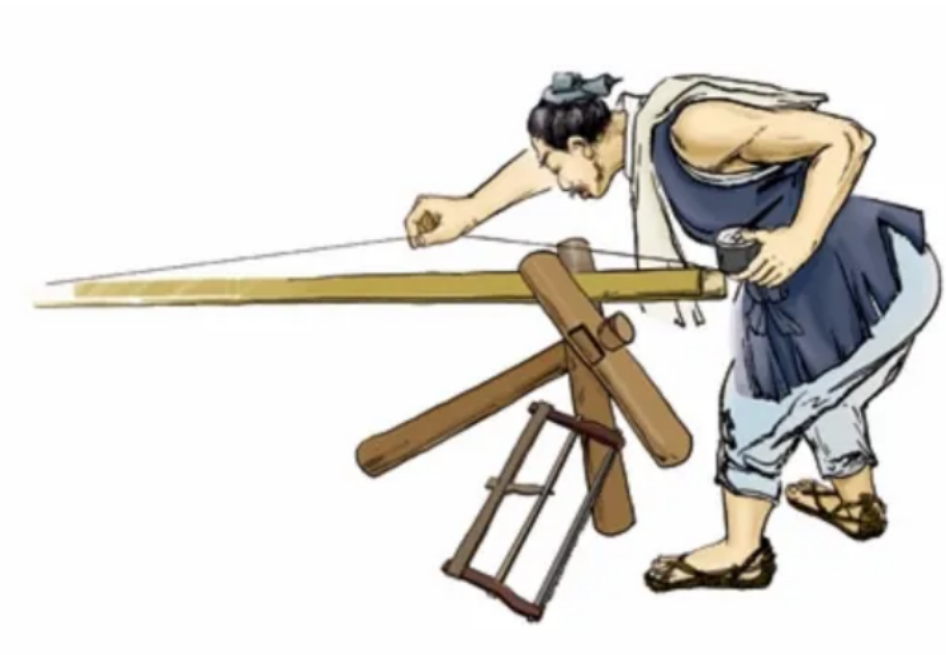
What tool is this and what is it used for?
Line and chalk, mark out the lines you need to cut out
7
New cards
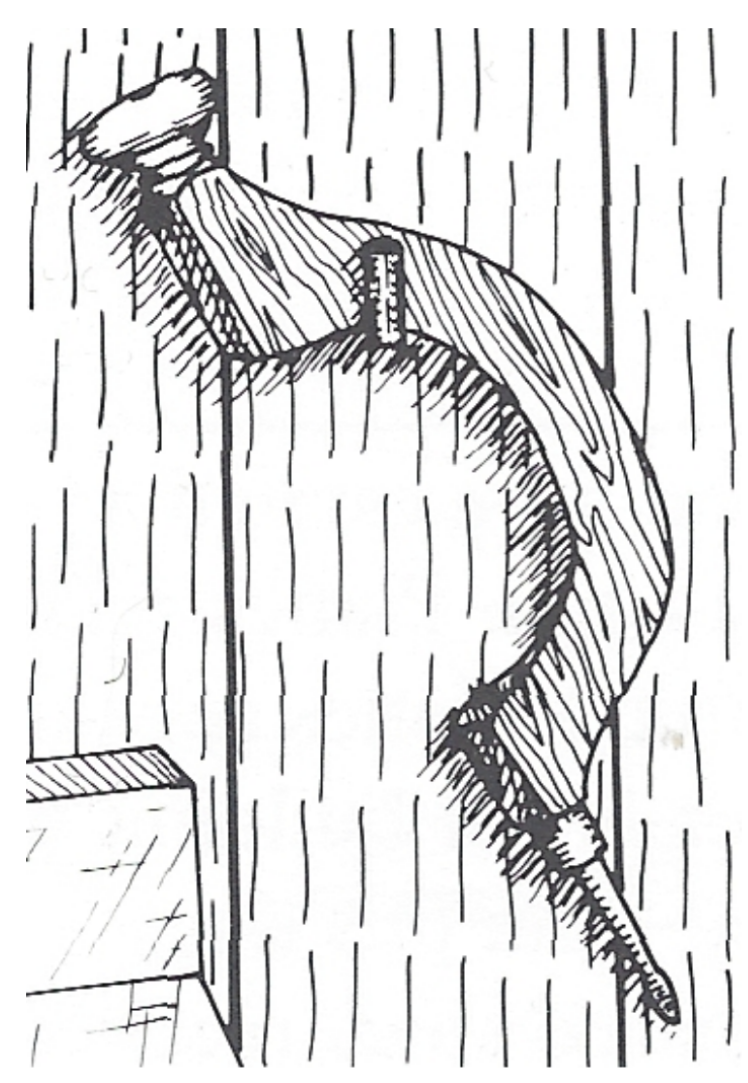
What tool is this and what is it used for?
Piercer (persore), for drilling
8
New cards
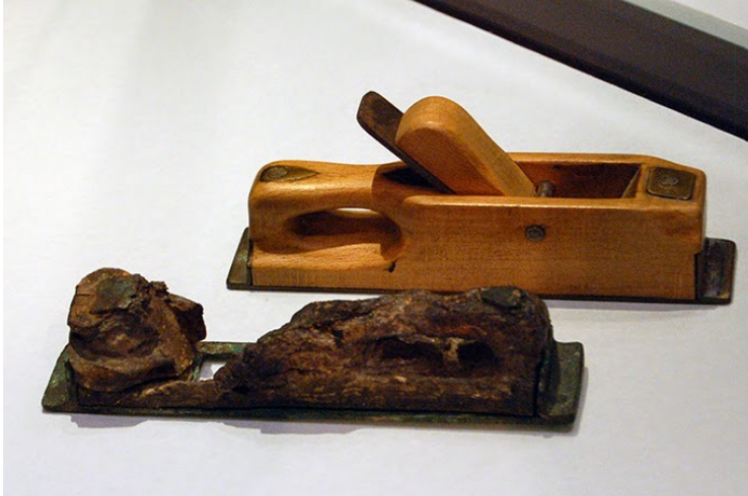
What tool is this and what is it used for?
Plane, smooth surfaces, square up the ends of boards and shave edges
9
New cards
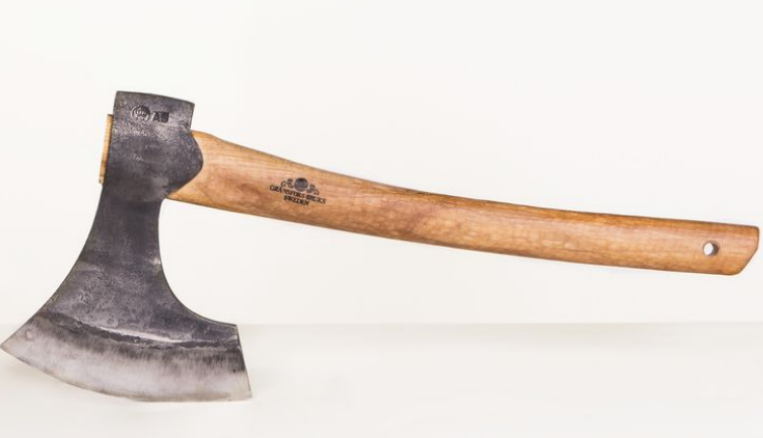
What tool is this and what is it used for?
Broad Ax, debarking a log
10
New cards
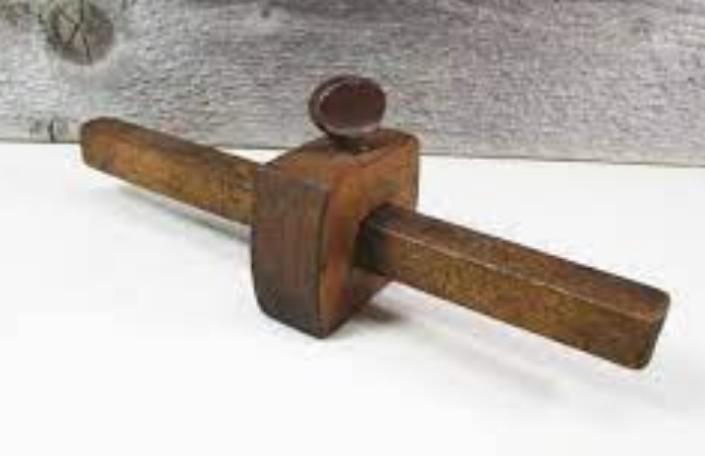
What tool is this and what is it used for?
Gouge, carve grooves into the wood.
11
New cards

Which kind of chainmail is this?
Butted Maille
12
New cards
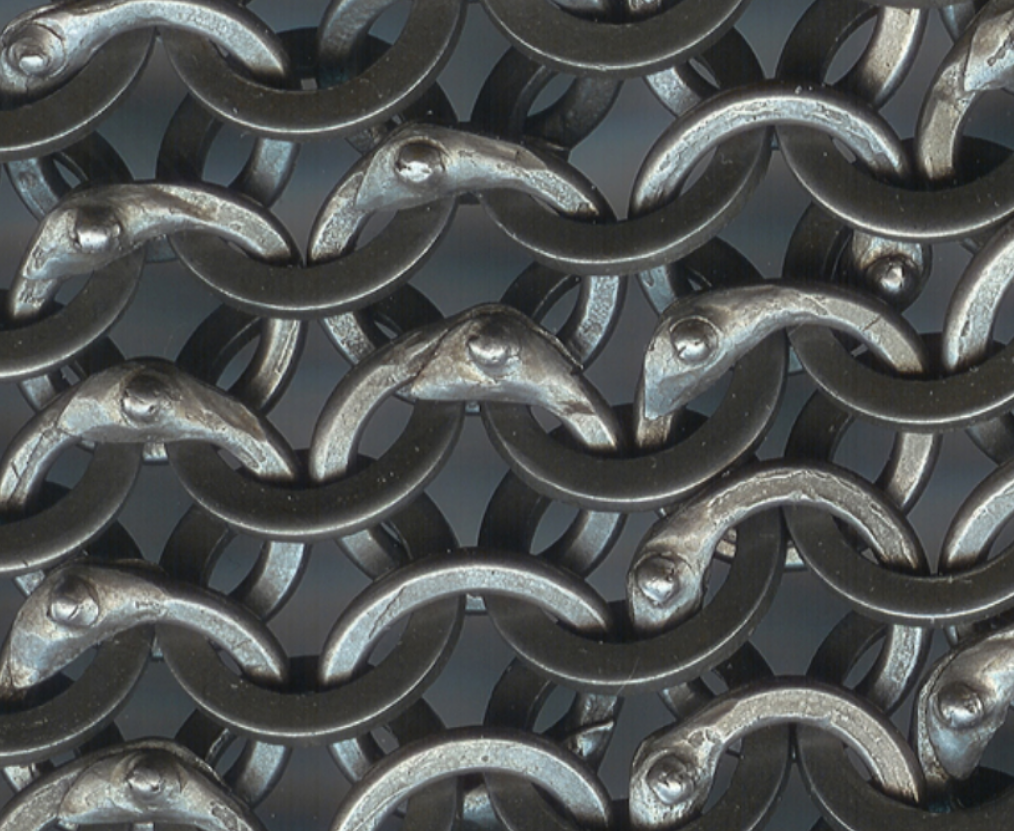
Which kind of chainmail is this?
Riveted Maille
13
New cards
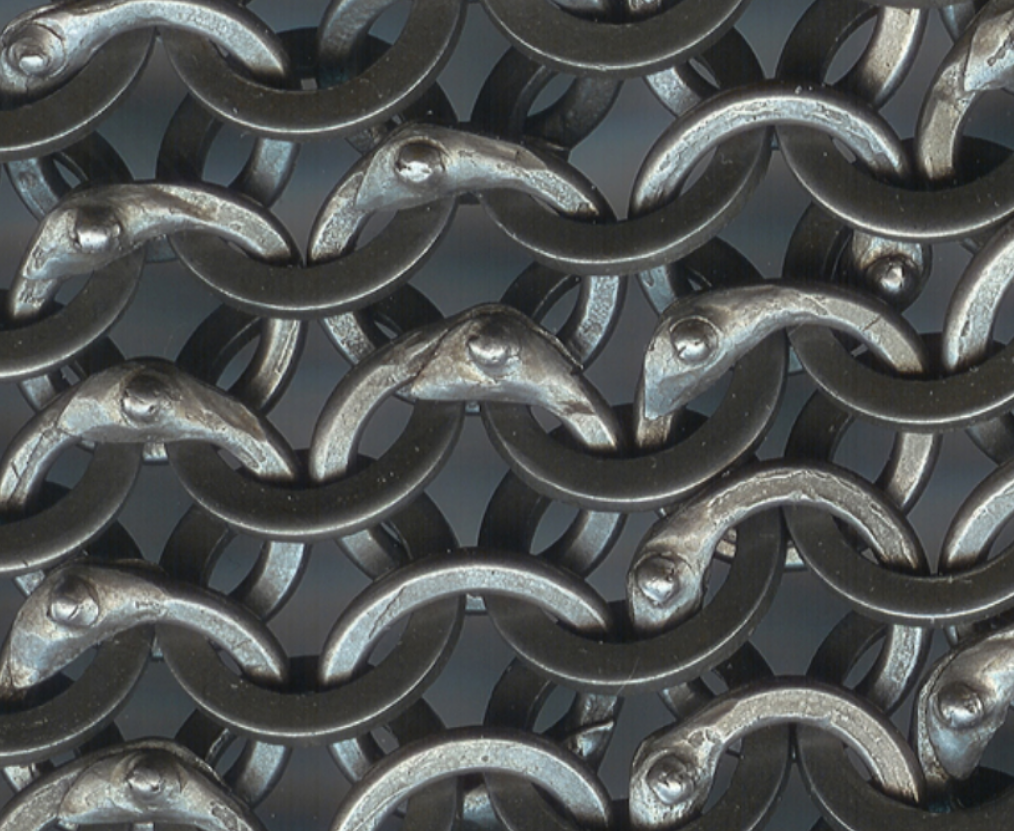
What is the Process of making riveted chainmail?
1. Coil a wire into a spiral
2. Cut rings off the spiral
3. Make the metal soft by heating them until they're red hot
4. Flatten the rings with a hammer until overlapping areas are flat
5. Heat the rings to red hot again to make them soft again and let them cool slowly
6. Punch a hole in the overlapping area of the rivet
7. Cut the rivets (cut off tiny pieces of wire)
8. Set the rivets. Set a rivet into the rivet hole. Align it to the centre. Squeeze the rivet with pliers.
2. Cut rings off the spiral
3. Make the metal soft by heating them until they're red hot
4. Flatten the rings with a hammer until overlapping areas are flat
5. Heat the rings to red hot again to make them soft again and let them cool slowly
6. Punch a hole in the overlapping area of the rivet
7. Cut the rivets (cut off tiny pieces of wire)
8. Set the rivets. Set a rivet into the rivet hole. Align it to the centre. Squeeze the rivet with pliers.
14
New cards
Why is the castle built in a quarry?
Because it has all the resources they need for things like colouring, wood etc.
15
New cards
How are stones broken up to be used?
Hammer and wedge. You hit the wedge with the hammer to get a fracture and eventually split.
16
New cards
What is the piff?
High-iron content sandstone
17
New cards
What is the paff?
Reddish Sandstone
18
New cards
What is the poof?
Soft, yellow sandstone
19
New cards
Describe the purpose of making the grain ark.
Split log, cut the planks, smooth sides with axe, they shape it then use pegs to hold it together
20
New cards
What is mortar, how is it made, and what's in it?
Mortar is what is used to stick the stones together to give the castle structure. It is made by mixing limestone heated to 900C and mixing it with water
21
New cards
What does the blacksmith do to fix the tools?
They heat it to soften them (1000C), he sharpens it with a file and hardens it by heating it and quickly quenching it with water
22
New cards
Why is the mortar strong and how long will it take to set completely?
Quarry sands make it stronger: It takes centuries to set
23
New cards
How does a trebuchet work?
Like a catapult. Potential energy is stored
24
New cards
What is a gambeson and how is it made?
A padded defensive jacket made of wool, worn as armour
25
New cards
How does an arrow loop work?
A small window to shoot out the arrows; it would be harder for enemies to shoot back
26
New cards
Describe how a crossbow is made
Made with Yew wood, it would be smooth
27
New cards
How does forge welding work?
Heat up the metal till its white so it would be hot enough to become soft
28
New cards
What did a 13th century soldier eat?
Their war horses, pottage, pork and beans
29
New cards
What is heraldry?
Heraldry is the practice of devising, granting, displaying, describing and recording a coat of arms
30
New cards
How did heraldry come to be?
It came to be because people needed to be easily identifiable on the field/battlefield. It is used to distinguish people of different families and social status.
31
New cards

What is red?
Gules
32
New cards

What is blue?
Azure
33
New cards

What is green?
Vert
34
New cards

What is purple?
Purpure
35
New cards

What is black?
Sable
36
New cards
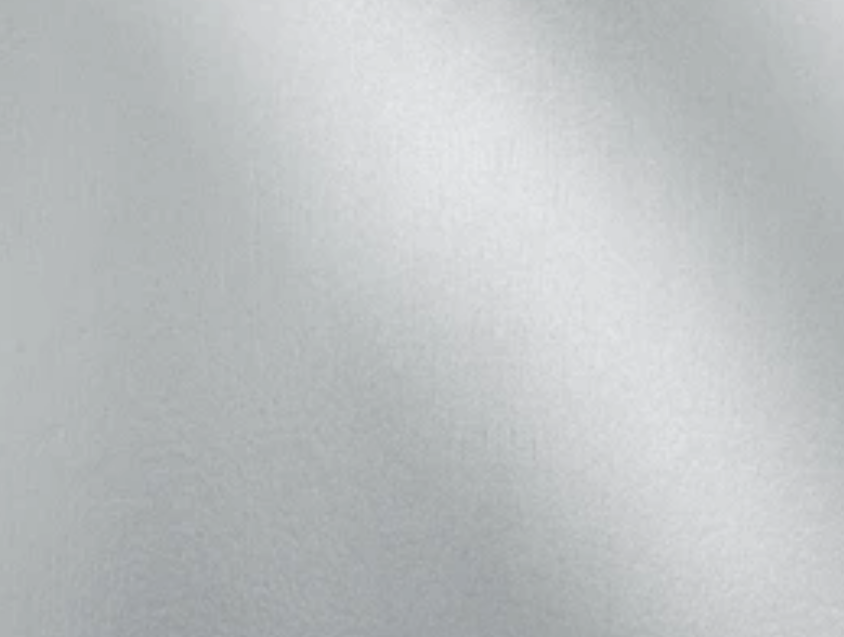
What is silver?
Argent
37
New cards
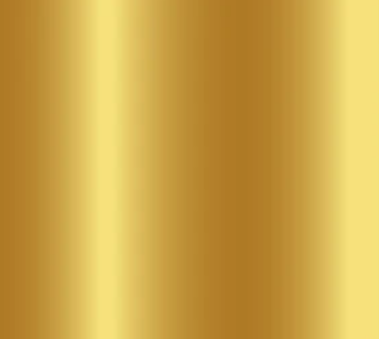
What is gold?
Or
38
New cards
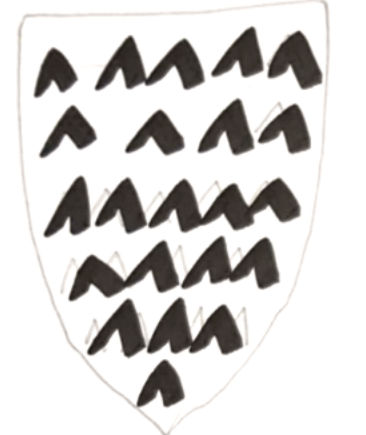
What is the name of this fur?
Ermine
39
New cards
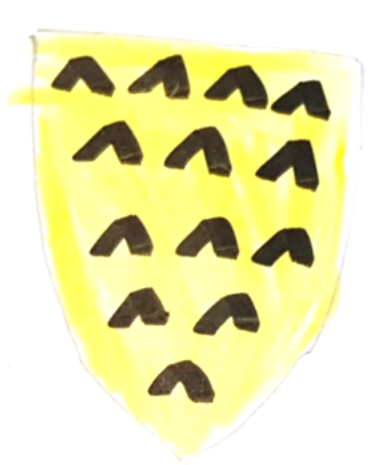
What is the name of this fur?
Erminoise
40
New cards
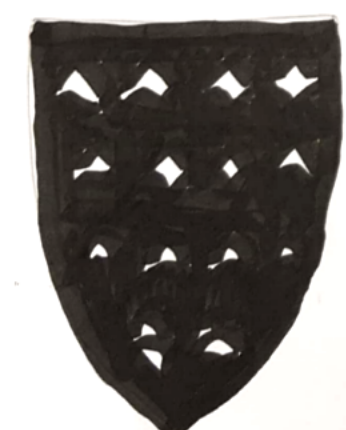
What is the name of this fur?
Contre-ermine (inverted ermine)
41
New cards

What is the name of this fur?
Vair
42
New cards
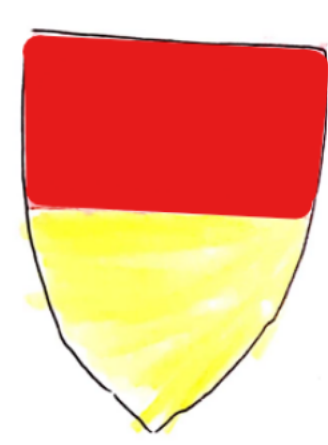
What is this line of partition called?
Per fess
43
New cards
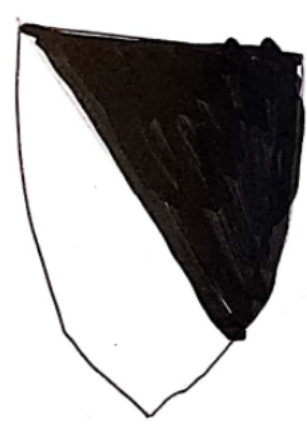
What is this line of partition called?
Per Bend
44
New cards
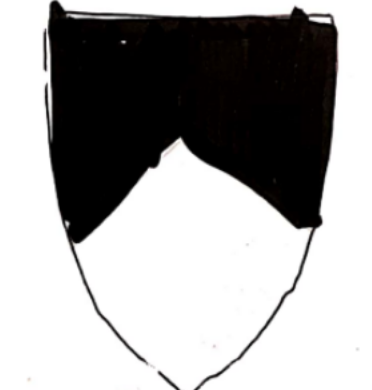
What is this line of partition called?
Per chevron
45
New cards
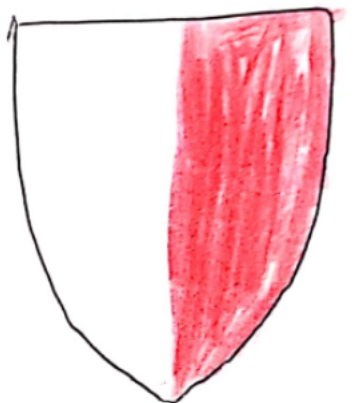
What is this line of partition called?
Per pale
46
New cards
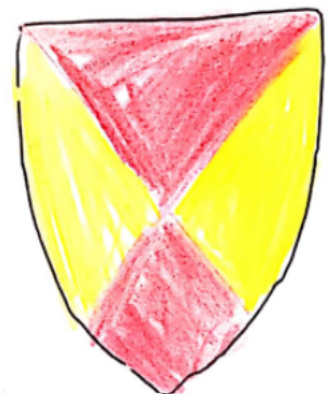
What is this line of partition called?
Per Saltire
47
New cards
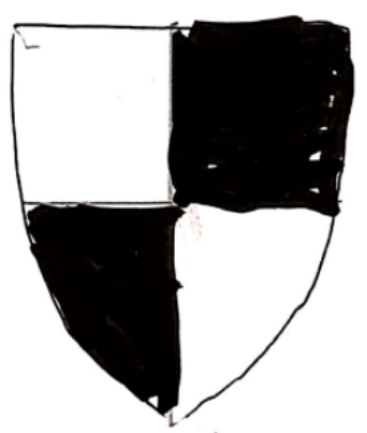
What is this line of partition called?
Quarterly
48
New cards

Name this ordinary
Chief
49
New cards
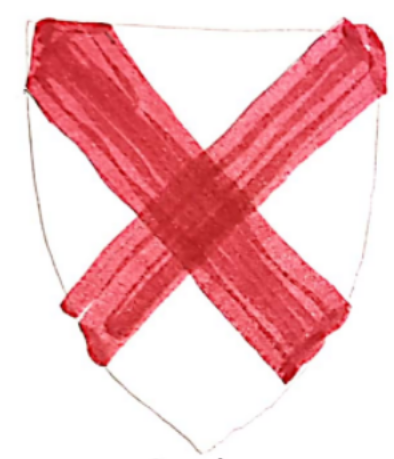
Name this ordinary
Saltire
50
New cards
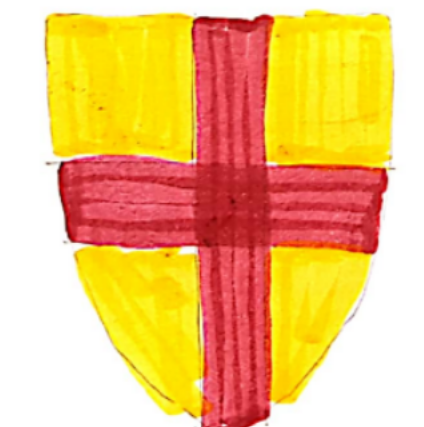
Name this ordinary
Cross
51
New cards
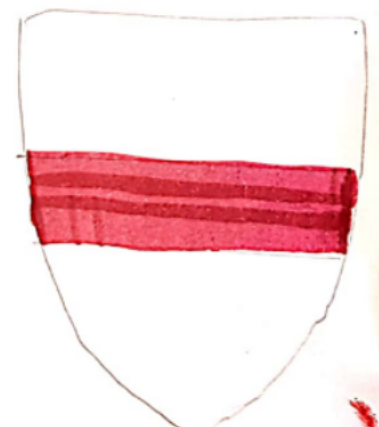
Name this ordinary
Fess
52
New cards
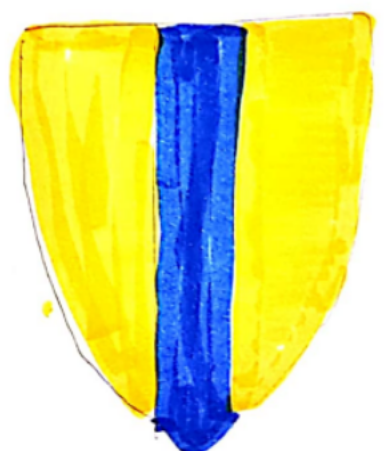
Name this ordinary
Pale
53
New cards
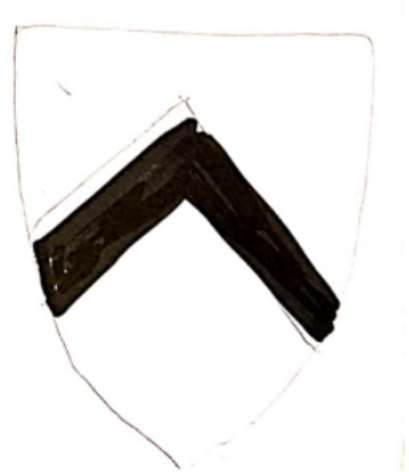
Name this ordinary
Chevron
54
New cards
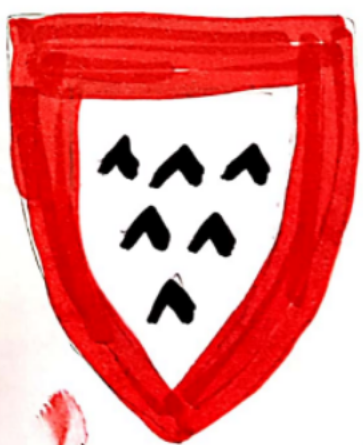
Name this ordinary
Bordure
55
New cards
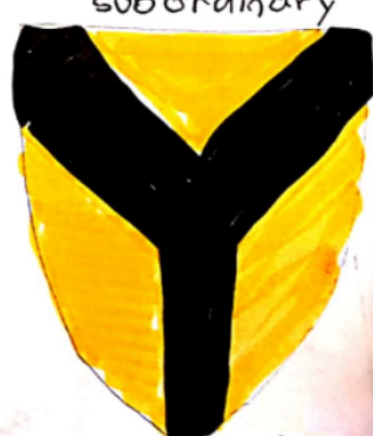
Name this sub-ordinary
Pairle/Pile
56
New cards

What is this lion's pose called?
Rampant
57
New cards
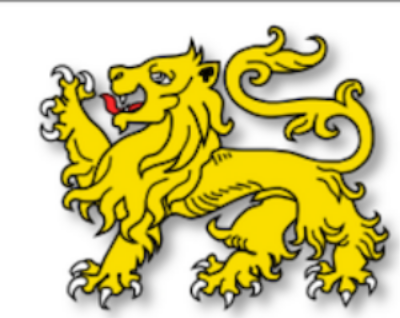
What is this lion's pose called?
Passant
58
New cards
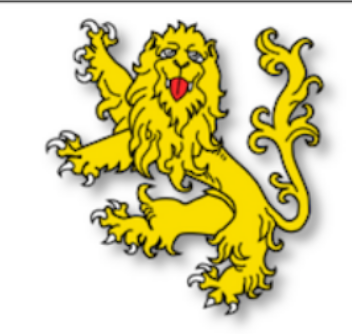
What is this lion's pose called?
Guardant
59
New cards
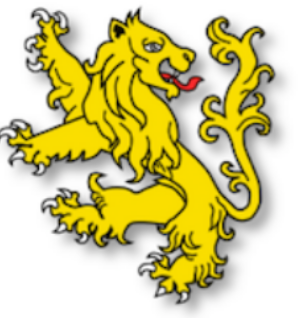
What is this lion's pose called?
Reguardant
60
New cards
What is in a full achievement of a peer?
Coat of arms, chapeau/helmet, supporters, compartment, crest, mantling, and motto
